This blog explores what art and science can tell us about how to cultivate kindness.
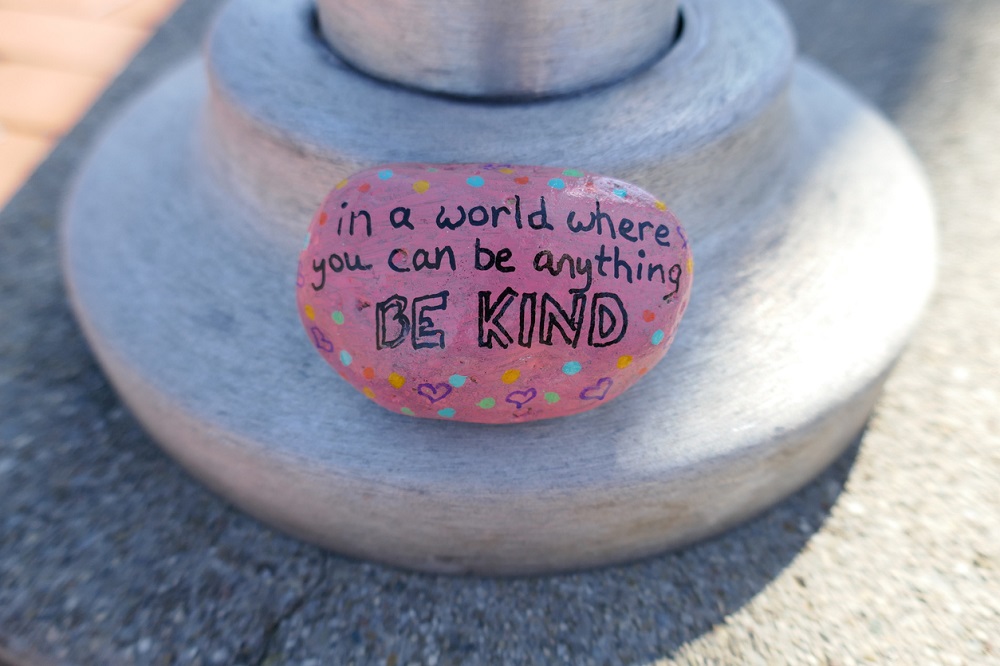
What do you want to be?
Have you ever noticed that if you ask a child what they want to be when they are older, common responses often range from ”I don’t know” to a ”footballer”, “a doctor”, or a ”popstar”? These aspirations often reflect the influences of media, role models and the values imparted by parents and society. The curious aspect is that children’s responses typically focus on a specific job rather than providing an answer that honours the real question: ”What do you want to be?
What do the arts tell us about kindness?
This observation is beautifully captured in Charlie Mackesy’s famous picture book, published in 2019, The Boy, the Mole, the Fox and the Horse.
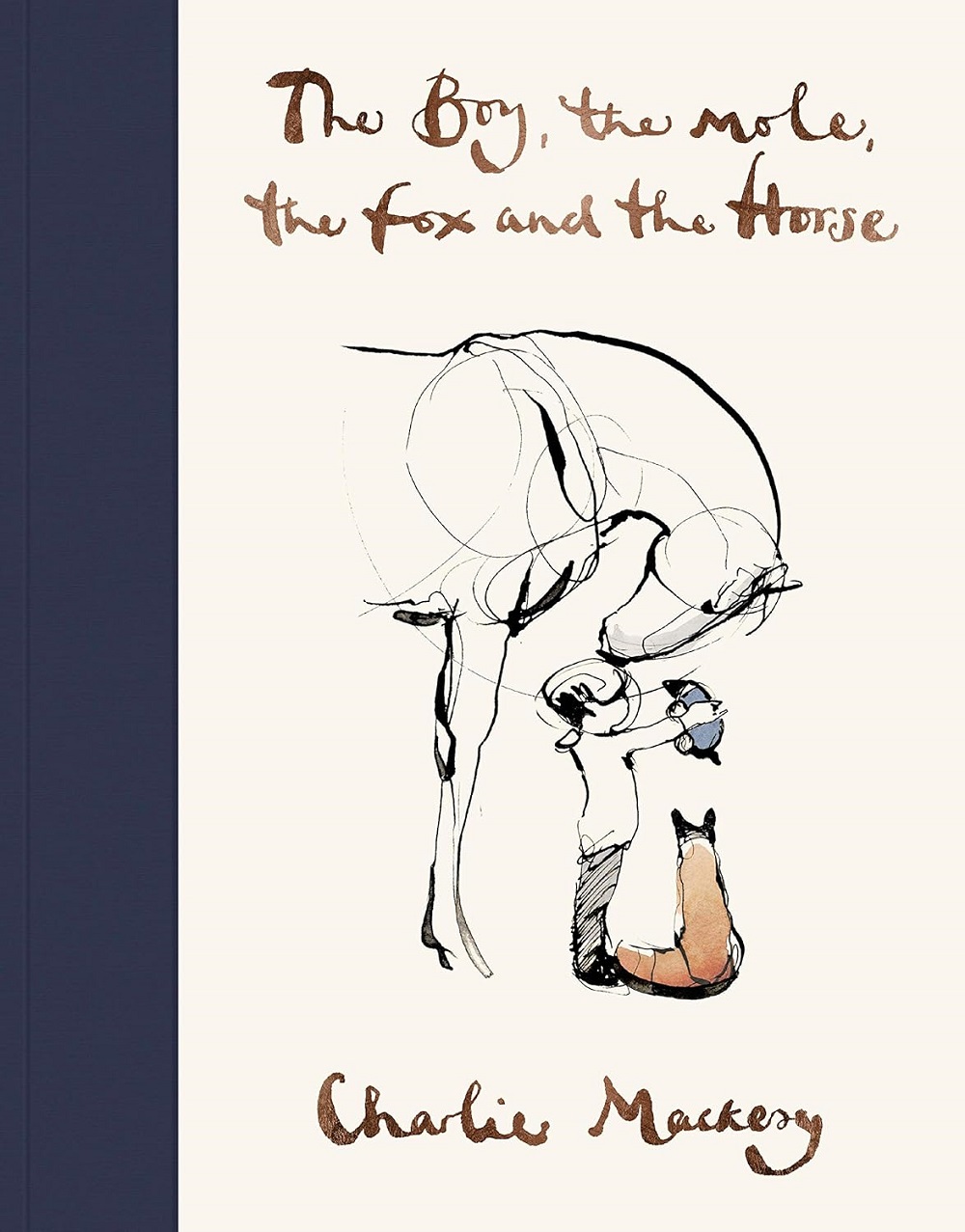
You can check out Charlie Mackesy’s wonderfully illustrated book here.
The Boy, the Mole, the Fox and the Horse is about four unlikely friends who meet and embark on a journey together. Each character represents different aspects of the human experience. The story that follows is full of thought-provoking moments and explores themes of friendship, love, kindness, self-acceptance, vulnerability and the importance of being present. It emphasises the value of small acts of kindness and the importance of connection with others and oneself.
There is one particularly poignant scene early in the story. The mole (a lover of cake), who represents simple pleasures and reminds us to enjoy the small things in life, turns to the boy, who is curious and searching for a sense of belonging and meaning in the world and asks this straightforward but telling question.
“What do you want to be when you grow up?” asked the mole.
“Kind.” Said the boy
The boy’s response is so unexpected, so left field, but ultimately so beautiful that it leaves the reader starkly aware of the absurdity of the response you might have anticipated. Furthermore, you are left wondering why the simplicity of that response resonated with you and caught you off-guard. At that very moment, you are starkly reminded that we live in a world that values achievement, drive, and ambition, sometimes to the detriment of more delicate, subtle and valuable character-driven qualities. In that split second, you realise that the surprise reaction of your response probably means that, without knowing it or without any real intention, you are part of that collective mindset to some extent.
We see that this one scene shines a new light on an aspect of our collective consciousness. Reflecting on this observation, we can separate ourselves from this mindset.
What can science tell us about kindness?
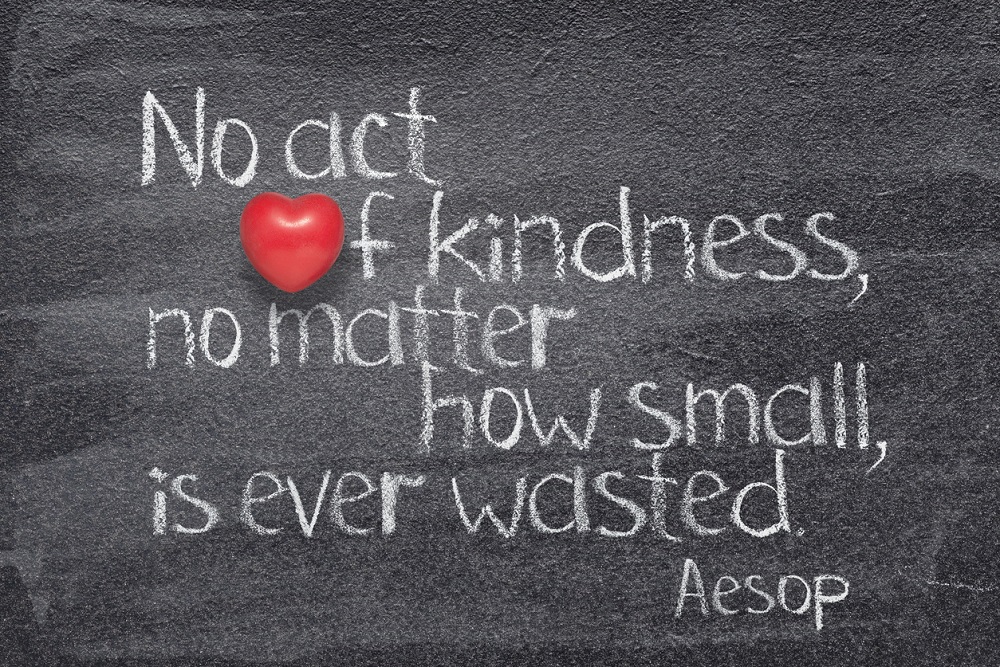
Turning our attention to science over the past decade, the integration of neuroscience, technology and behavioural economics has led to a more nuanced and comprehensive understanding of the power of habit and the pivotal role that habit plays in behaviour change and character formation.
Habits are repeated behaviours. The more you engage in the behaviour, the harder it is to break a habit and the stronger the neural pathway.
As James Clear, author of the best-selling book, Atomic Habits: An Easy and Proven Way to Build Good Habits & Break Bad Ones, will tell you:
“To engage in a specific behaviour, focus on who you want to be rather than what you want to achieve. When a habit comes from who we want to become rather than what we want to achieve, we are far more likely to follow through and act consistently.”
Focus on who we want to become rather than what we want to achieve. A simple but powerful message. Imagine living in a world where a child’s response to the question ”What do you want to be when you’re older?” yields character-orientated responses. I want to be kind. I want to be brave. I want to be respectful. I want to be responsible. I want to lead. I want to be creative. I want to be happy. Now imagine living in a world where people consistently engaged in behaviours (which then became habits) aligned with these values.
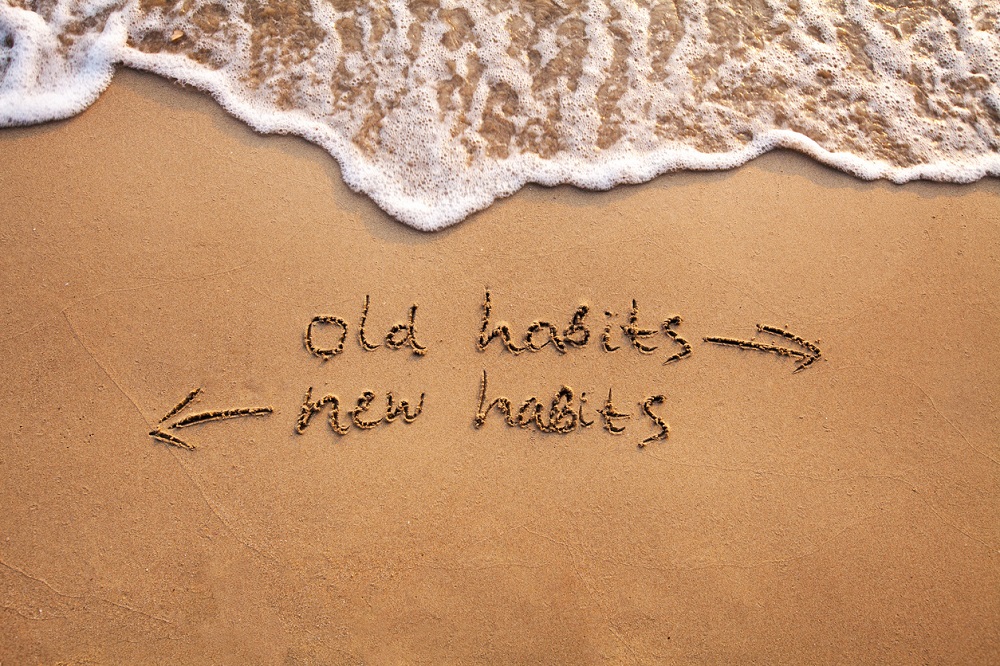
The research on habits tells us that, absolutely, we could view all these human qualities as habit-driven behaviour. If we do that, the immediate implication is that it is easily possible to change, grow, and become anything we want to be. The responsibility is within our sphere of control and can be a process-driven, continuous series of behaviours (which is independent of outcomes). If we want to be kind, we must immediately start engaging in kind behaviours. When we do that, we take this greatest of intentions and allow our brains to do what they do best: automate, reward, and reinforce. If you will, we can let the kindness part of our brain grow and strengthen.
Children can still aspire to be doctors, footballers or pop stars. But also remember how much more valuable a kind doctor, footballer, or pop star would be.
What about other human qualities?
Whether it be kindness, happiness or any other of the very best aspects of human qualities, perhaps one of the most poignant and essential messages coming from The Boy, The Fox and The Mole or from pioneers in the field of habit research (like James Clear) is that if we want to best utilise what we know about habits, the very type of questions we need to ask ourselves in the first places are critical. The intention needs to centre less on what I want to achieve and more on who I want to become. Whilst intentions alone do not provide the road map from A to B, the intention itself gives the best starting point and will likely lead to the best result. The strategies, techniques and approaches outlined in habit research are the guideposts that can help us along the way.
How can I be the best version of myself?
What gifts can I contribute to the world?
What do I really want to be?
These are questions for every person. The secondary and more technical habit-related questions flow from that rich starting point.
How about a waterfall?
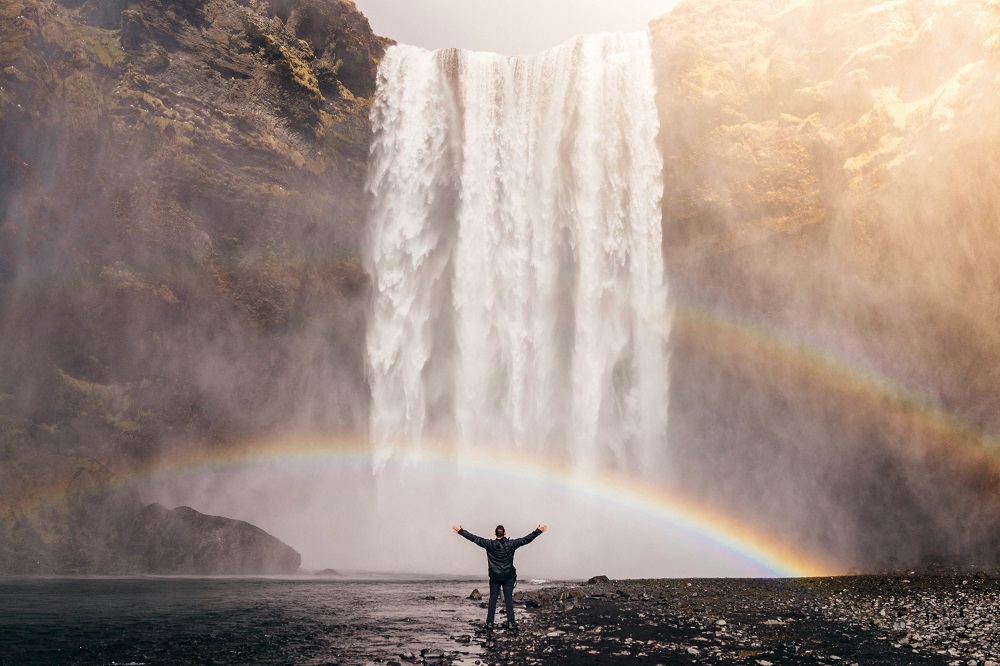
Ultimately, the answers to the above questions will be different and unique to each person, and that’s the beauty of it. Like a drop of water that falls on top of a mountain, the effect is a cascading waterfall, bringing life to all the best human qualities. If asked what I want to be, I’d reply I want to be a drop in that waterfall. I want to be flowing, changeable, adaptable, dynamic, beautiful, part of something bigger, a source of joy and life to the world around me.
Happy to just be.
About us:
We create the space for leaders to step back, think clearly, and navigate complexity with confidence. By sharpening the narrative that drives decisions, teams, and performance, we help leaders move forward with clarity and impact. Our approach blends deep listening, incisive challenge, and commercial focus—strengthening leadership at every level, from business transformation to boardroom decisions.
“We share resources that help coaches deepen their practice and expand their impact. The articles on this site are designed to spark fresh thinking, offer practical tools, and support the continuous growth of coaches at every stage. “
Jude Elliman
Founder
Our Core Approach:
We work with leaders to sharpen their thinking, strengthen their leadership, and navigate complexity with confidence. Our approach is built around three core areas:
Narrative Coaching – Working with the stories that shape leadership, teams, and organisations.
Commercial Focus – Cutting through complexity to drive clear, strategic decisions.
Challenge & Space – Asking the right questions while creating the space to reflect and grow.
Through this, we help leaders drive transformation, align teams, and make high-stakes decisions with clarity and impact.
